The Secretive Process of Choosing a Pope—10 Facts That Explain It All
The election of a pope may seem mysterious from the outside, but every detail follows centuries-old tradition. Behind closed doors at the Vatican, cardinals gather in secrecy to decide the next leader of the Catholic Church. Modern times bring new challenges, but the process remains rooted in rules, rituals, and symbols few fully understand—until now.
Only Cardinals Under 80 Can Vote
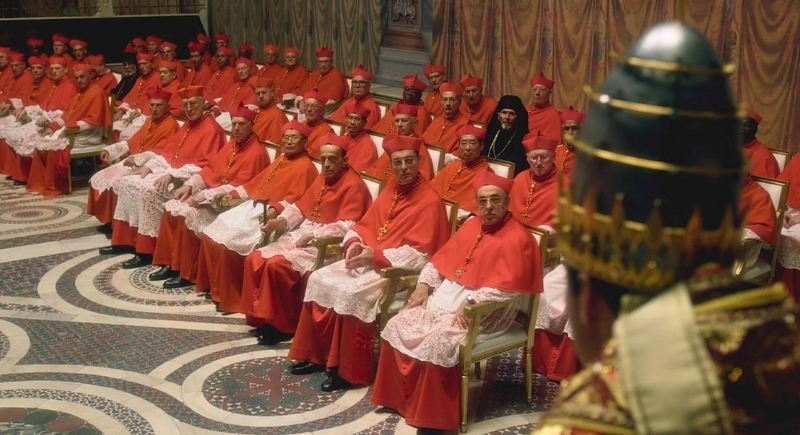
Credit: Reddit
Not every cardinal gets a ballot. Those over 80 lose voting privileges, regardless of rank or experience. This rule keeps the electorate closer to current Church issues and encourages fresh perspectives. They don’t participate once the official voting begins inside the Sistine Chapel, but they can still attend meetings.
The Sistine Chapel Hosts the Vote
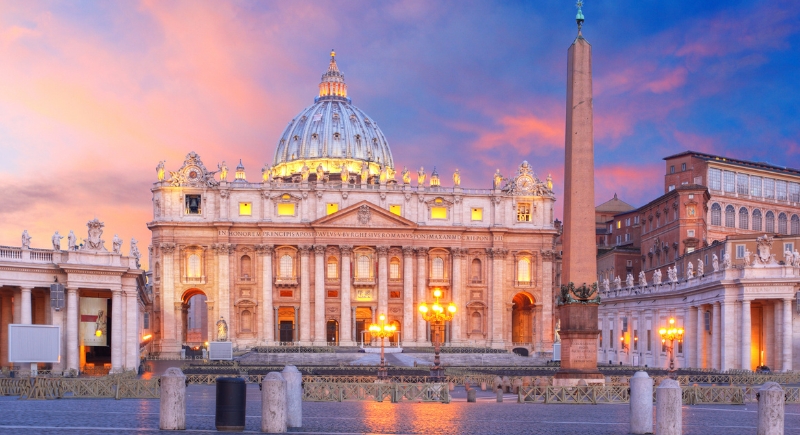
Credit: iStockphoto
Once the conclave begins, the cardinals step into the Sistine Chapel to decide on a new head. The sacred space becomes a sealed chamber. Guards are posted, doors are locked, and the entire process unfolds under The Last Judgment.
Conclave Means “Locked With a Key”
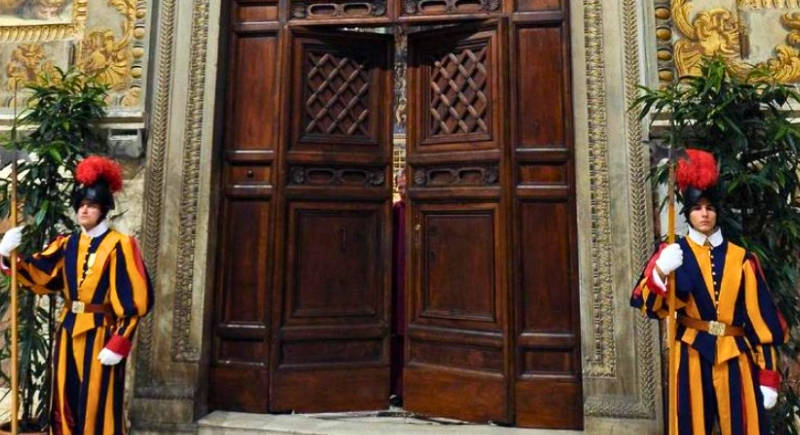
Credit: Facebook
The word “conclave” isn’t symbolic—it’s literal. Cardinals are physically locked in, cut off until a result is reached. Meals are brought in, communication is blocked, and everything centers on the task at hand. It’s designed to ensure focus, prayer, and freedom from outside influence.
White or Black Smoke Tells the World

Credit: X
Each time cardinals vote, they burn the ballots. If no one is chosen, the smoke rising from the chapel chimney is black. When someone has received enough votes, white smoke signals success. It’s a simple yet powerful image with millions watching the Vatican roof for that final, long-awaited color change.
Two-Thirds of the Vote Is Needed

Credit: flickr
A supermajority is the standard. A cardinal must secure two-thirds of the votes to become pope, which often requires multiple rounds. This rule is meant to avoid narrow or controversial results and encourages consensus over popularity. The system favors unity and patience, even if it takes days to reach.
No One Can Vote for Himself
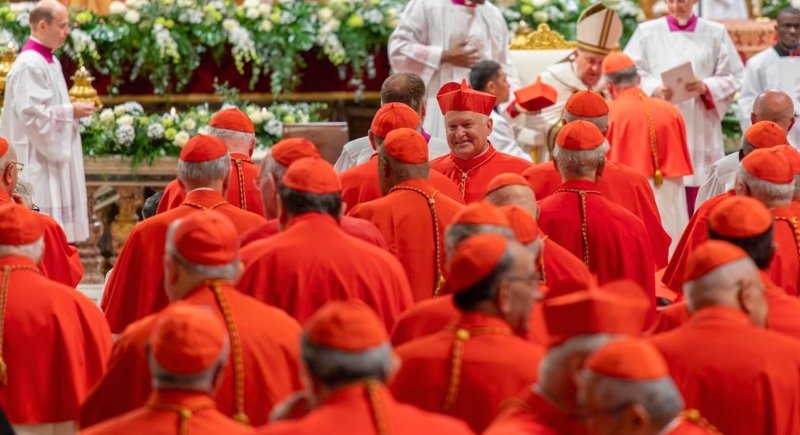
Credit: Facebook
Humility is enforced in this ultimate leadership contest. Cardinals are not allowed to cast a vote for themselves. It’s a built-in safeguard against ambition clouding judgment. Each name written down is someone another cardinal believes is best suited to lead, not a reflection of personal desire for the role.
Outsiders Can Technically Be Chosen
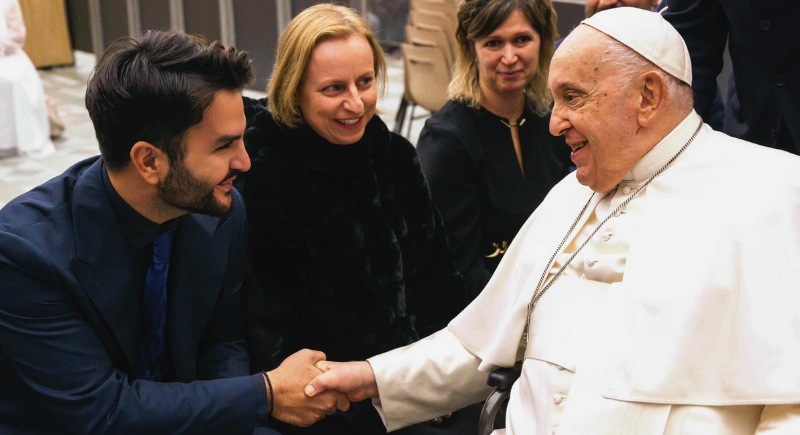
Credit: Facebook
Theoretically, any baptized Catholic male could be elected—even someone who is not already a cardinal. Though no layman has been chosen in centuries, the rule still stands. It reflects the belief that leadership is a divine calling, not just a political appointment within Church ranks.
Campaigning Is Strictly Banned
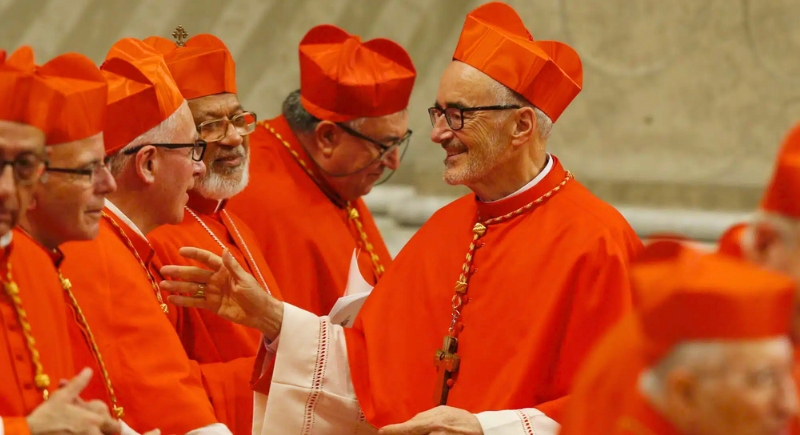
Credit: franciscanmedia
The Vatican doesn’t tolerate electioneering. Cardinals must not promote themselves or others for the papacy. Behind-the-scenes alliances, promises, or lobbying violate the sacred nature of the conclave. If discovered, they can disqualify a candidate. The focus remains on discernment, not politics.
Acceptance Is Required Before Announcing

Credit: Instagram
Once a candidate receives enough votes, he isn’t automatically pope. He must say yes. The moment he accepts, he becomes the next pontiff. Only then does he choose his papal name, a decision that often signals his values and intentions. Until that word is spoken, the process remains unfinished.
Bells Ring After an Election

Credit: iStockphoto
As soon as the new individual is accepted, the bells of St. Peter’s Basilica begin to chime. The combined sound and smoke confirm the result for anyone watching in the square. It’s a joyful, unmistakable moment after hours—or sometimes days—of anxious waiting.
The Balcony Reveal Is Carefully Timed

Credit: Facebook
After the decision, a new name, and the change of clothes, the pope steps out for his first appearance. The Vatican doesn’t rush the moment. The cardinals prepare the announcement, and then the newly chosen leader offers his first blessing to the world, sometimes after catching his breath in private.
The Dean of the Cardinals Guides the Vote
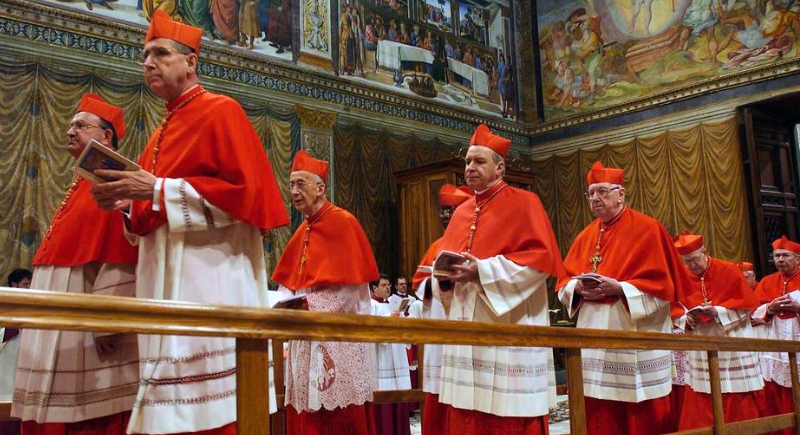
Credit: Instagram
When the conclave begins, the dean leads the way. This senior cardinal doesn’t get extra power, but he keeps the proceedings in order, announces the results, and helps guide the spiritual tone. If the dean is ineligible or absent, his duties fall to the next most senior cardinal.
Several Rounds Happen Each Day
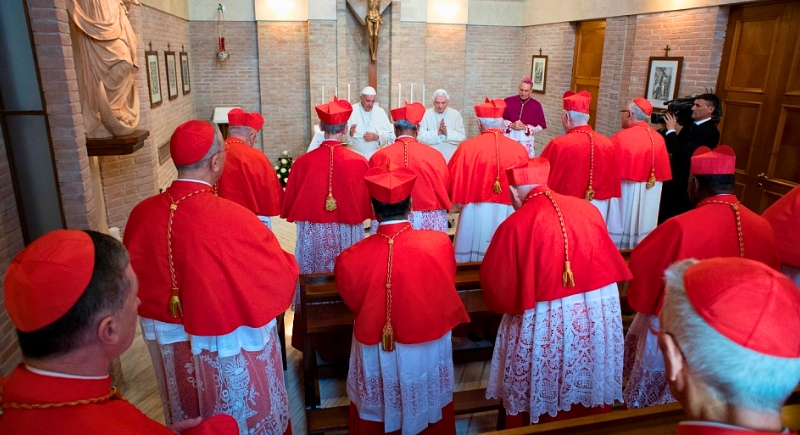
Credit: Facebook
The pace of voting is brisk but deliberate. Typically, two sessions are held each day—one in the morning and one in the afternoon—with two ballots per session. That means up to four rounds daily. Between votes, the cardinals pray, reflect, and quietly consider who might best serve.
Total Silence Is the Norm
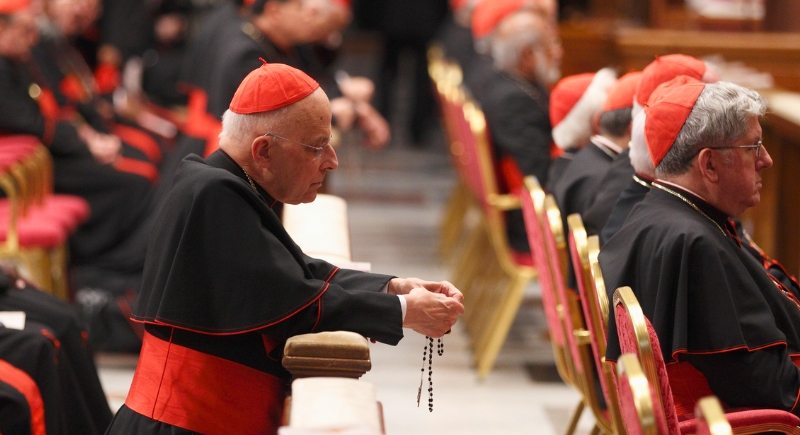
Credit: X
Deliberations happen quietly. Discussions are permitted before voting begins, but once the ballots are in motion, no one speaks. This deep silence reflects the spiritual weight of the decision.
A Pope Can Step Down
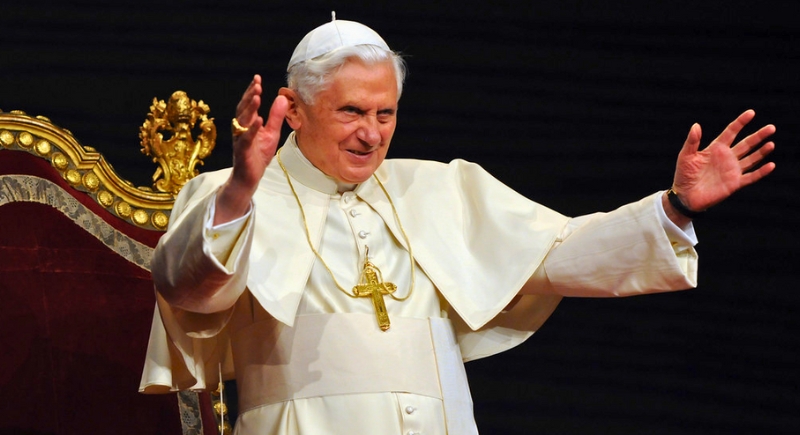
Credit: flickr
While rare, resignation is allowed. Pope Benedict XVI shocked the world in 2013 by becoming the first to step down in centuries. His departure set a modern precedent and proved that even lifelong roles can end with humility. The process for replacing a living leader mirrors that of replacing one who has died.
Some Conclaves Have Lasted Weeks

Credit: Facebook
Speed isn’t guaranteed. Some elections have lasted days, while others have stretched into months, especially in the past. The modern conclave moves faster thanks to clearer procedures and stricter schedules. But there’s no time limit. The cardinals stay put until they agree, however long it takes.